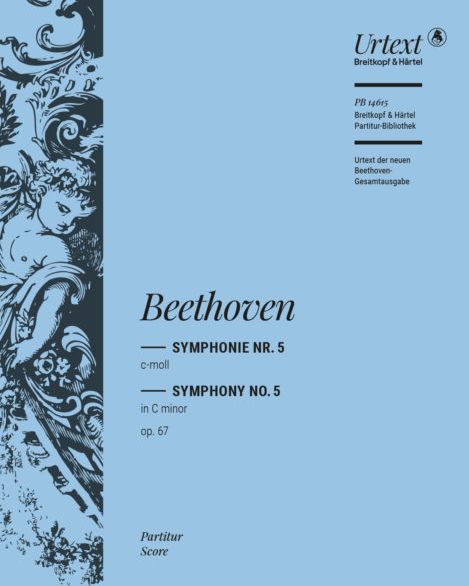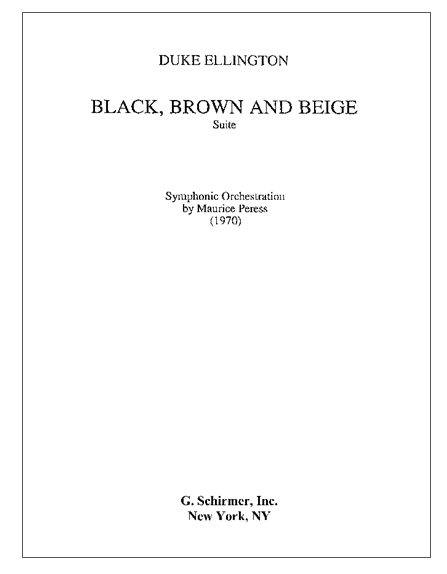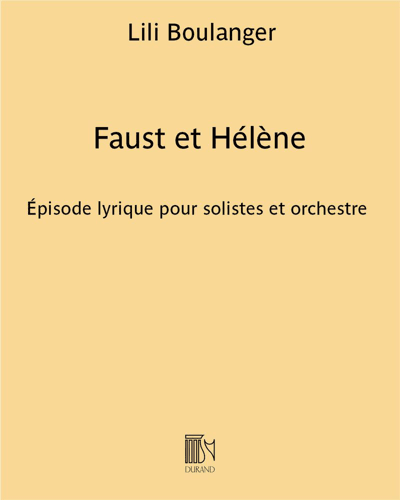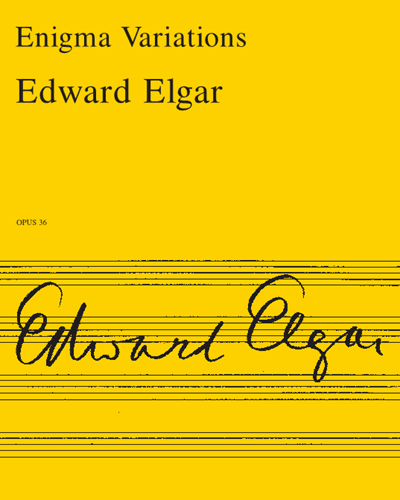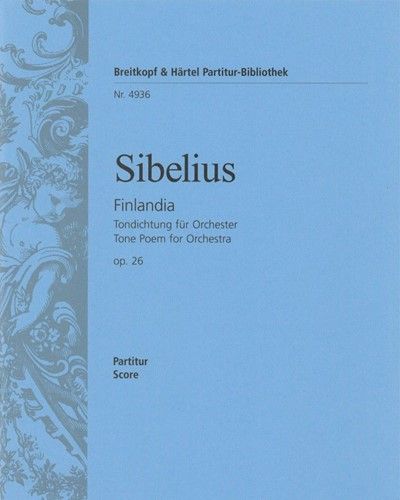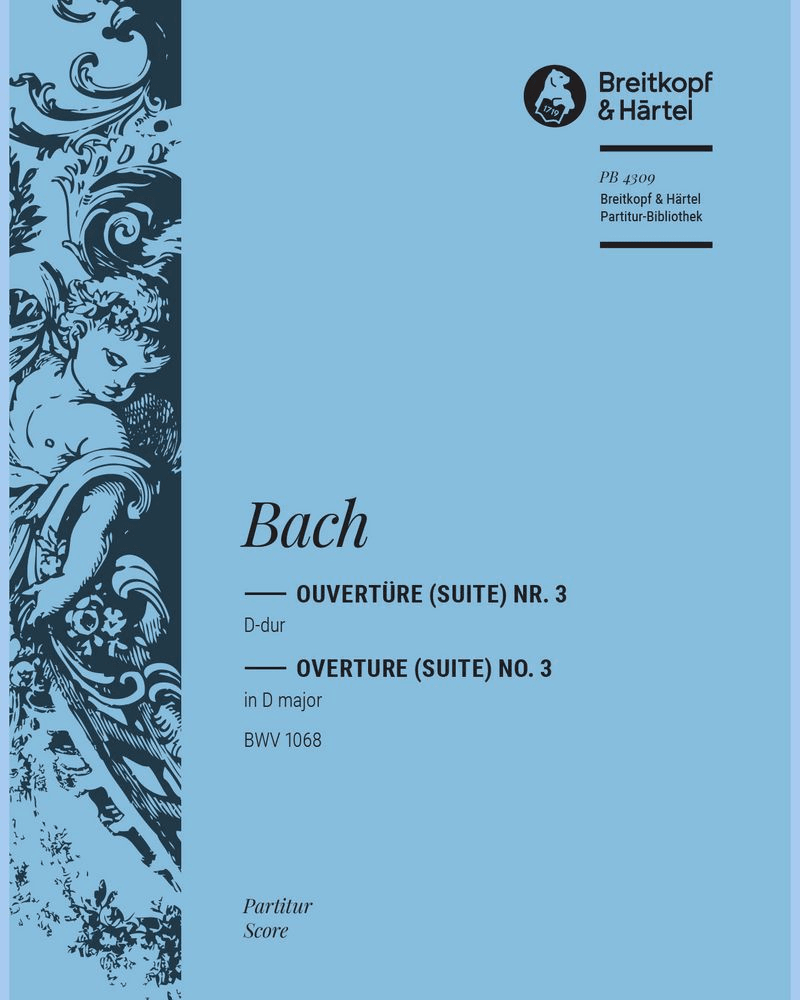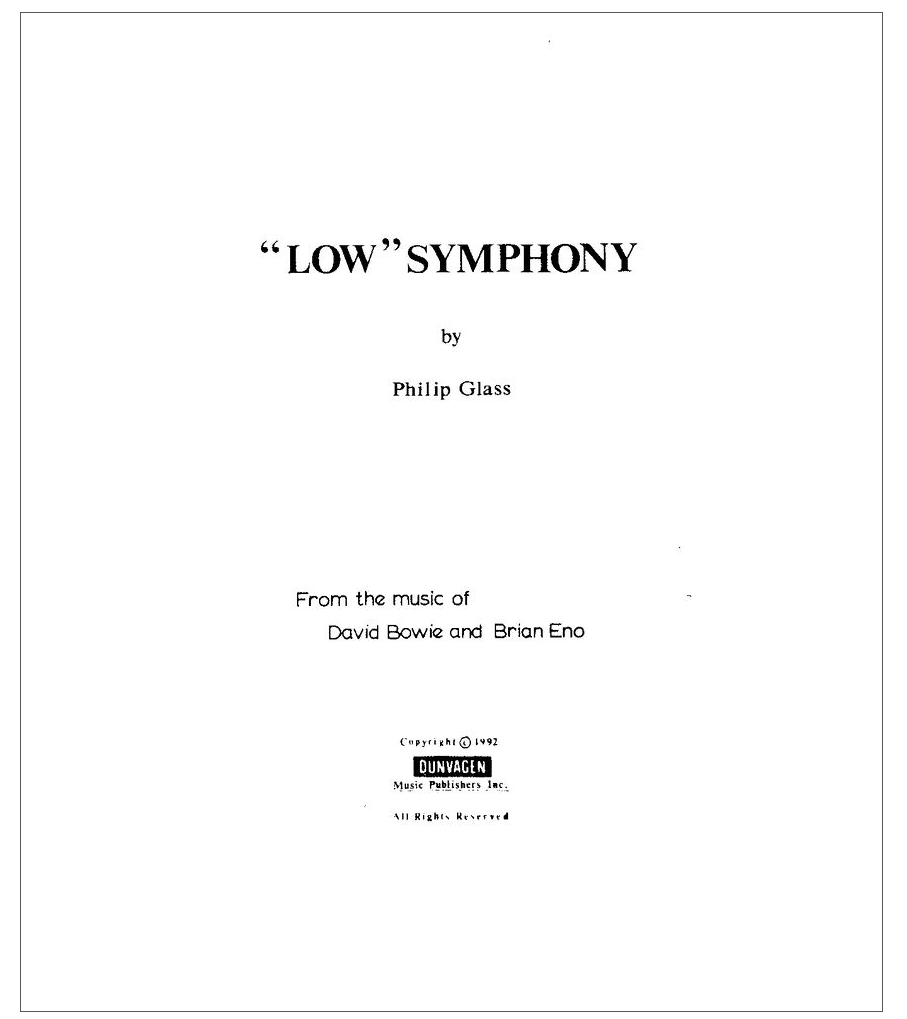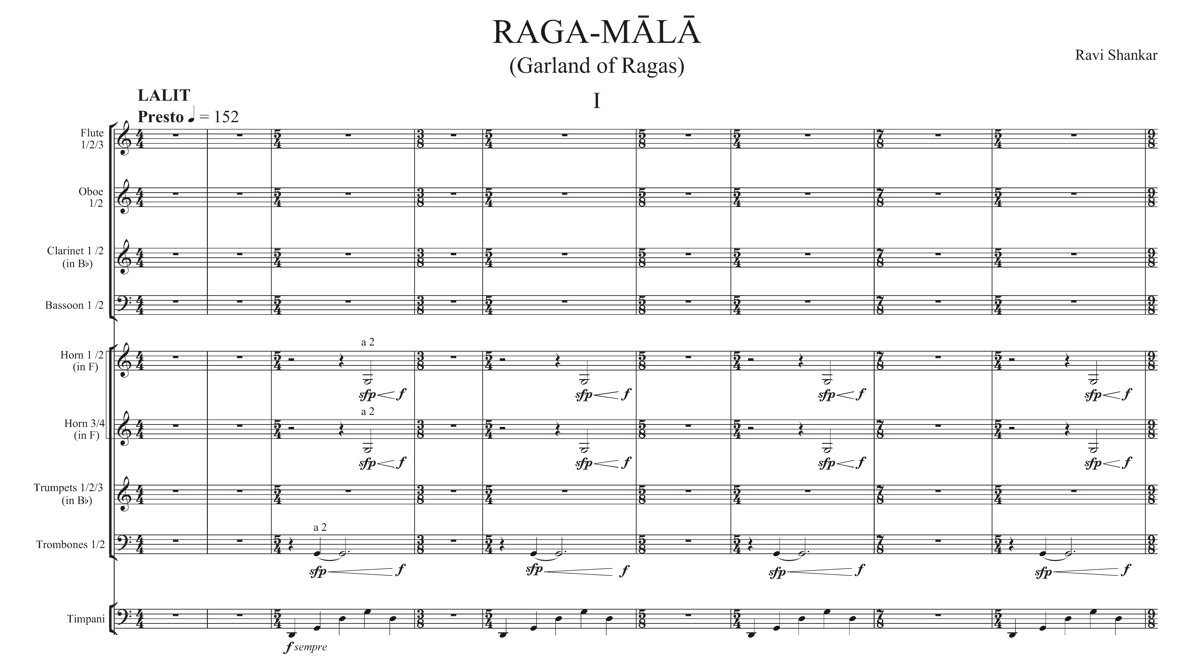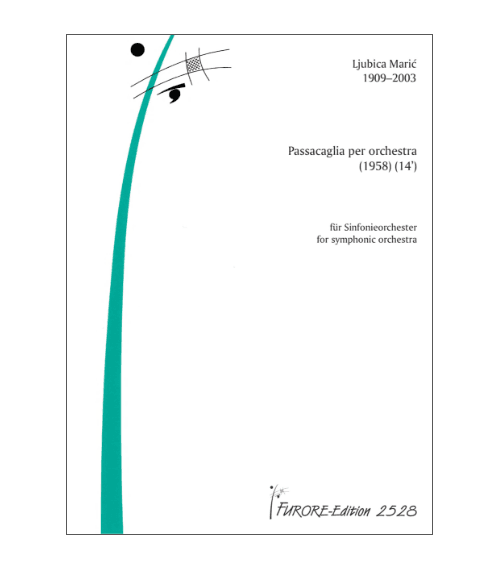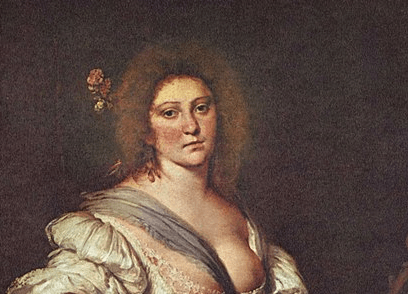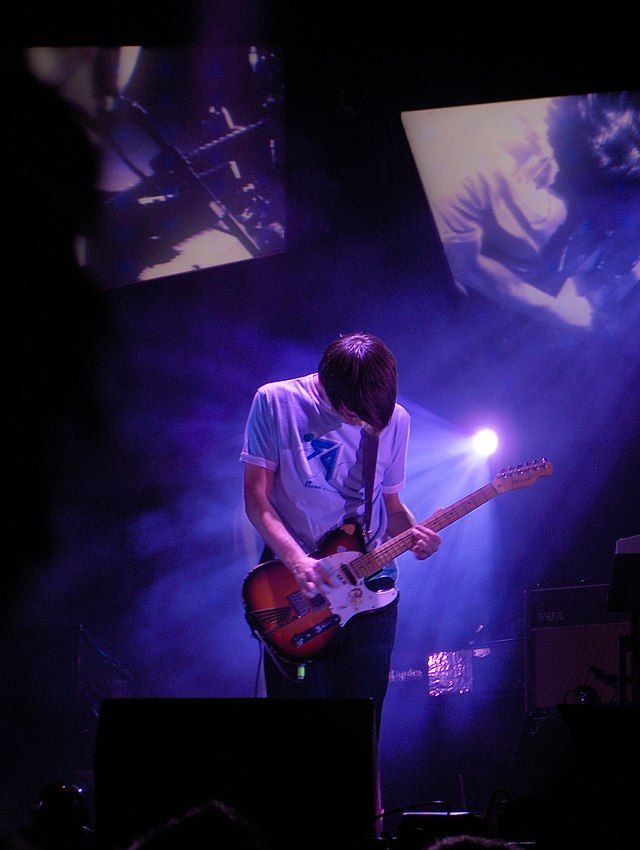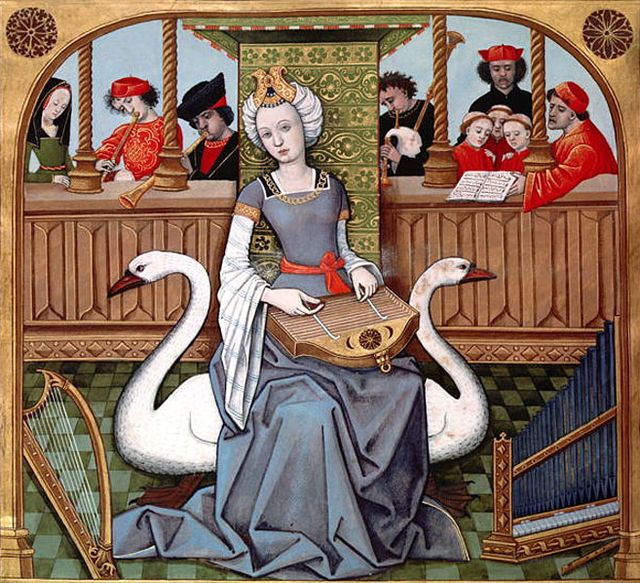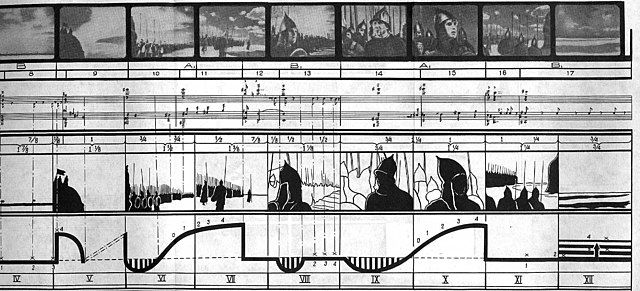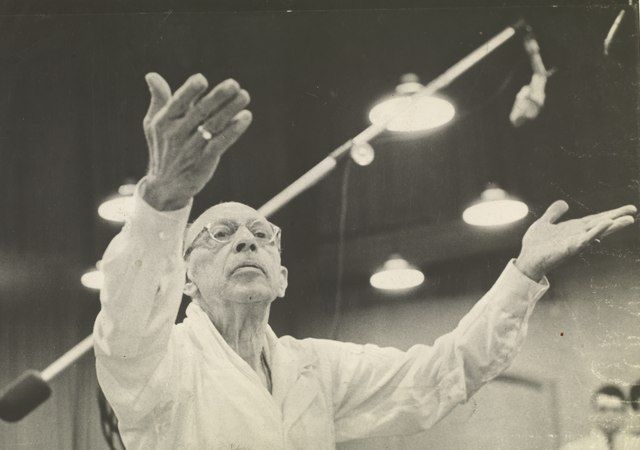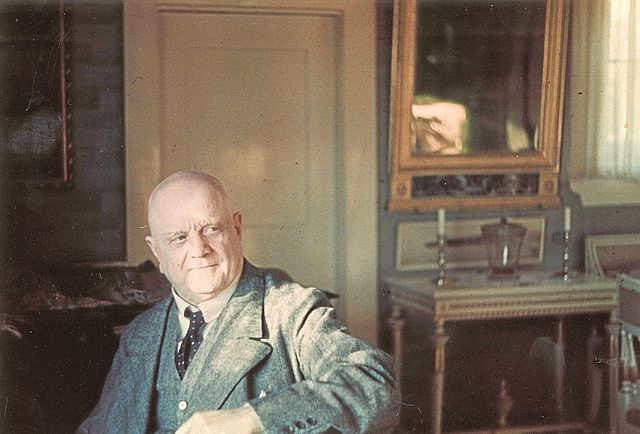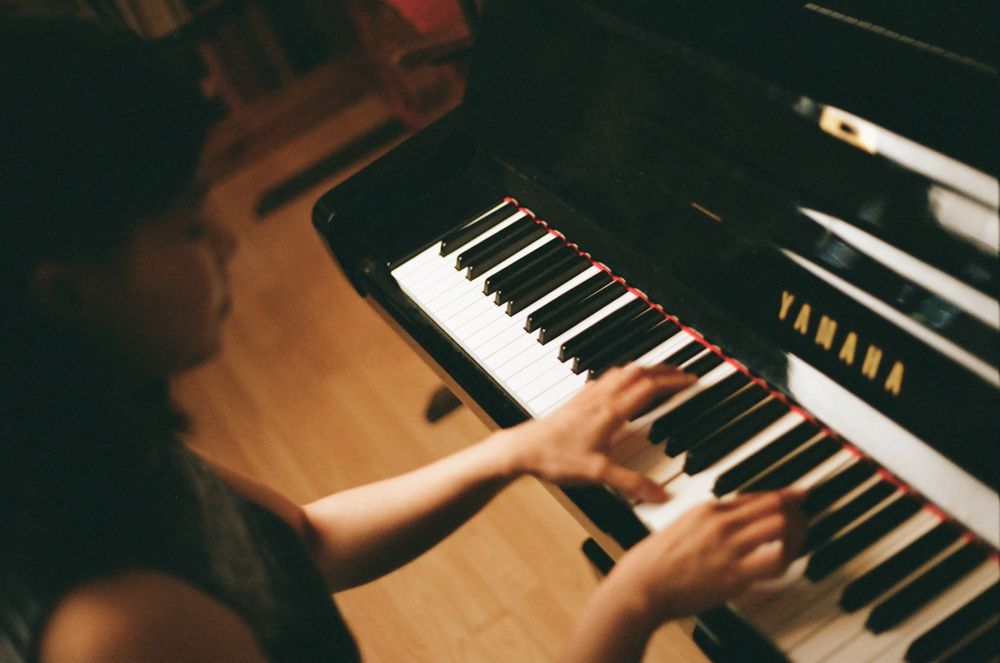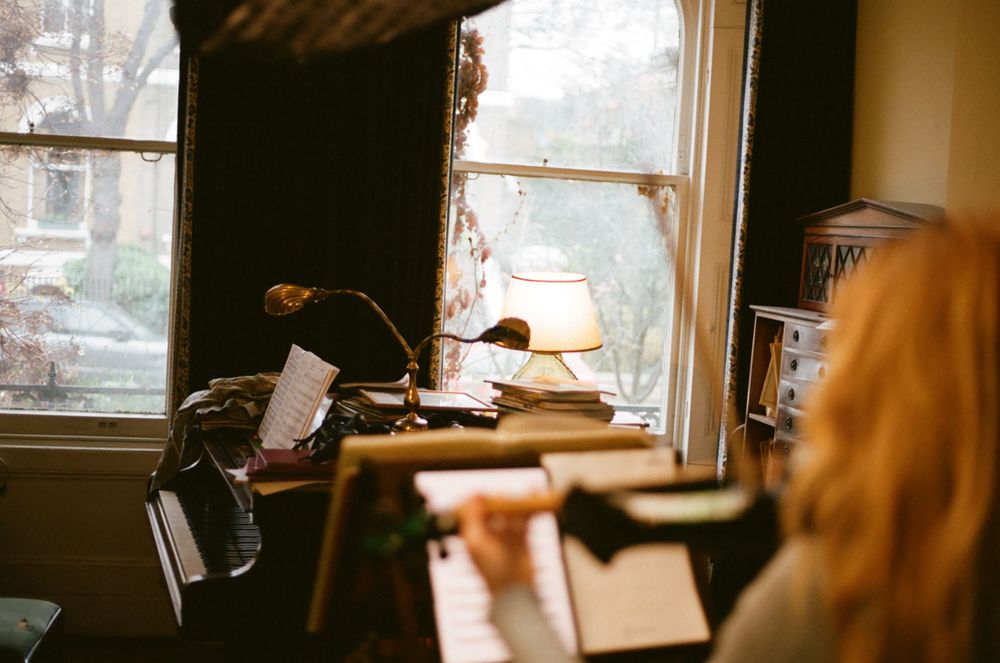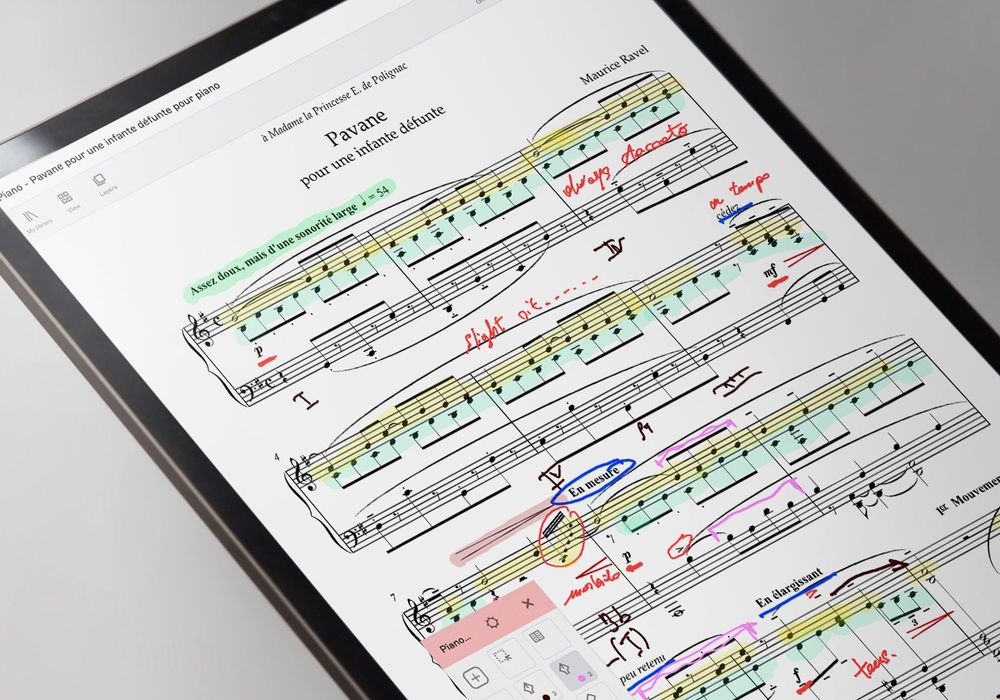The orchestral repertoire. You could legitimately describe it as the heart of classical-music practice. Composing for orchestra is seen as the ultimate test of a composer’s ability, and it’s in this category that we find many of the world’s most historic musical artworks. The ensemble represents a beautiful egalitarian ideal in its assembly of diverse musicians, coming together to think and play as one.
Nothing quite beats its prestige, and nothing better explains why than the great works themselves. Time to get familiar with the length and breadth of the repertoire - that’s why you’re here.
Presenting ten of the finest and most famous pieces composed for the orchestra, drawn from a range of eras, covering a medley of styles and created by a diversity of individuals. It doesn’t get any better than this.
Top famous orchestra songs
- Symphony No. 5 by Ludwig van Beethoven
- Black, Brown and Beige by Duke Ellington
- Faust et Hélène by Lili Boulanger
- ‘Nimrod’ by Edward Elgar
- Finlandia by Jean Sibelius
- Orchestral Suite No. 3 by Johann Sebastian Bach
- Symphony No. 1 by Philip Glass
- Raga Mala by Ravi Shankar
- Passacaglia by Ljubica Marić
- The Rite of Spring by Igor Stravinsky
